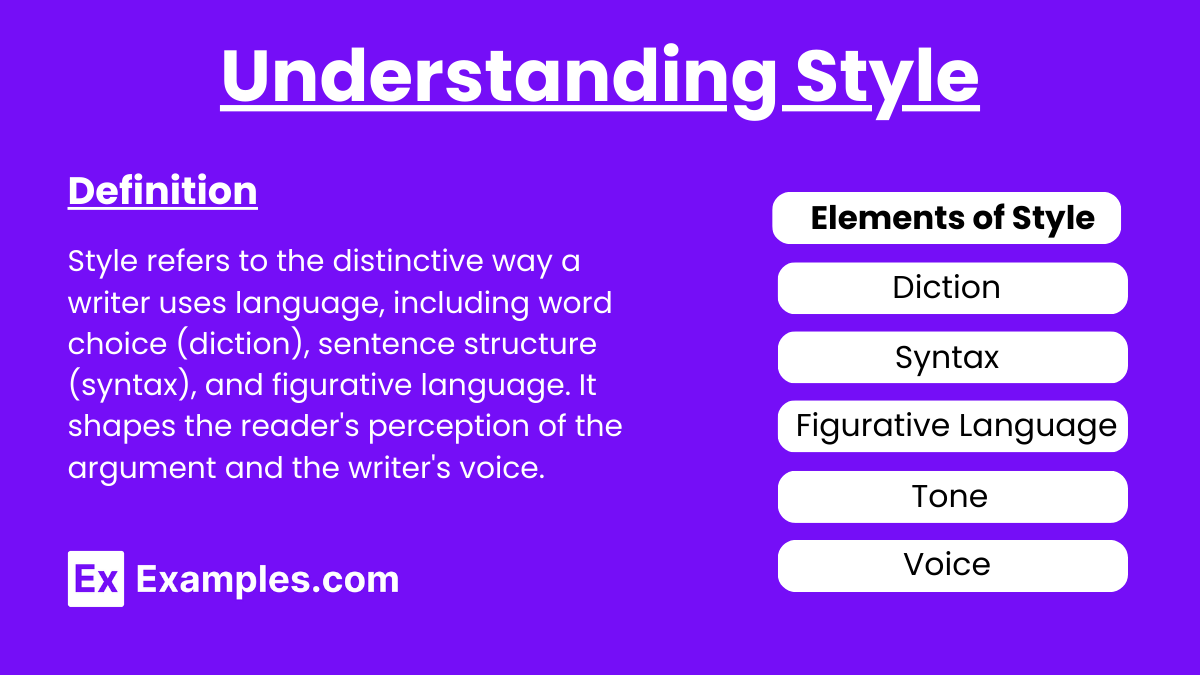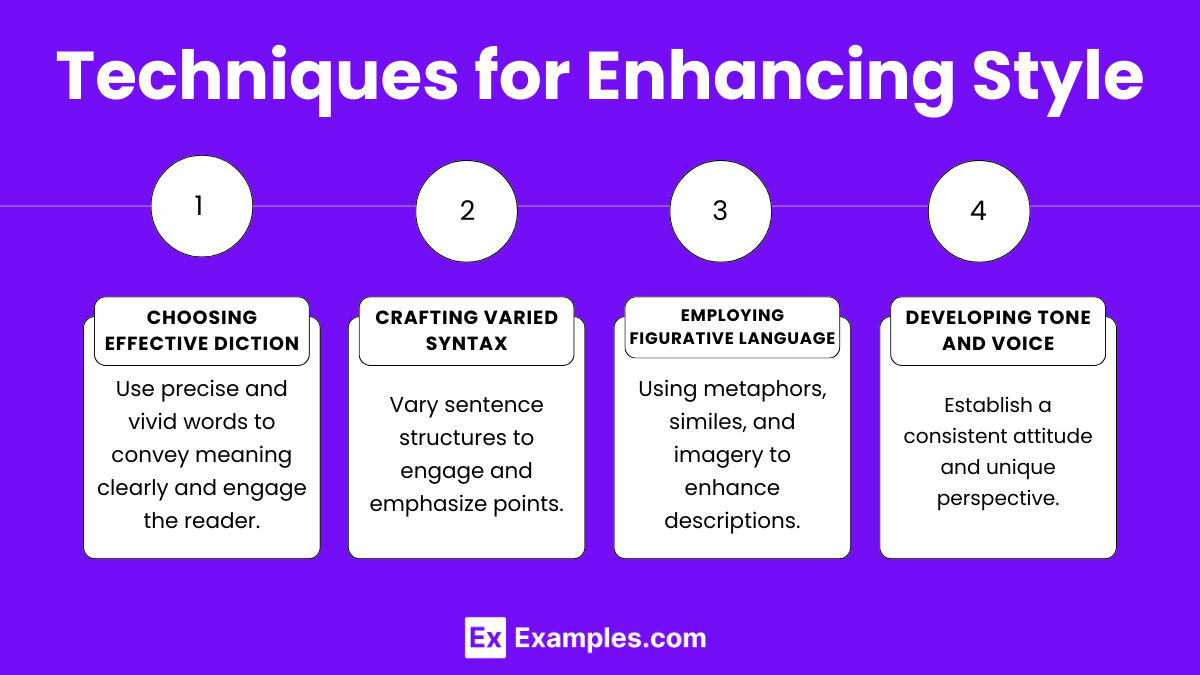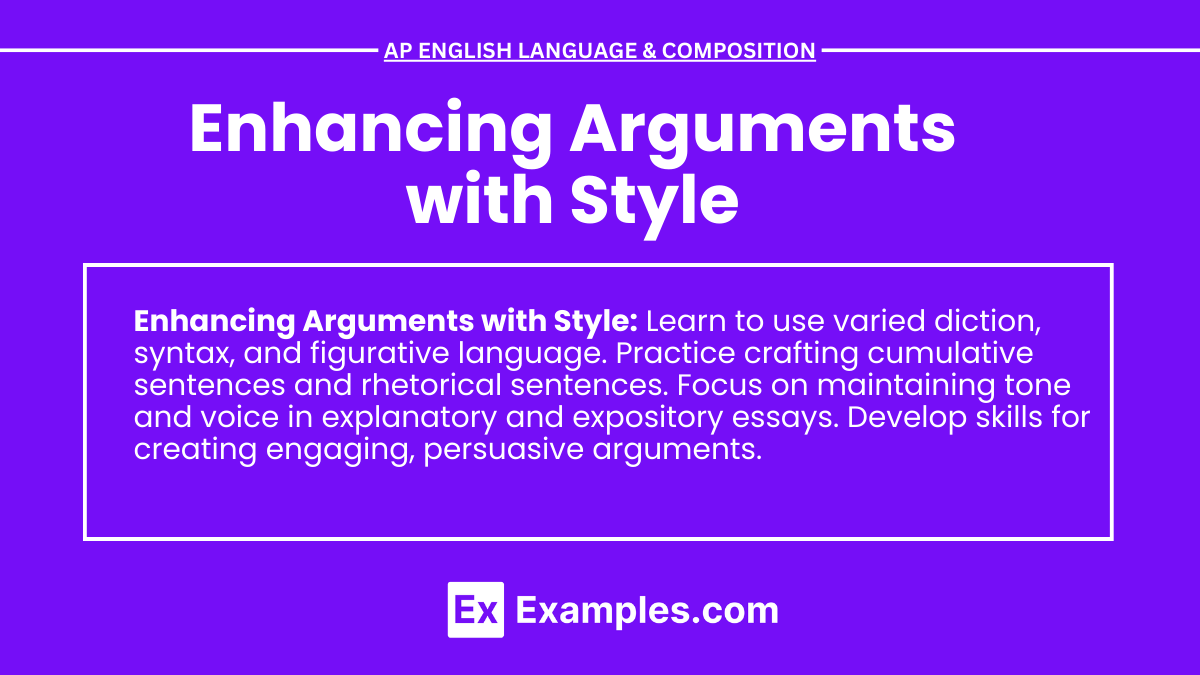In the AP English Language and Composition exam, enhancing arguments with style is crucial for crafting persuasive and engaging essays. Whether engaged in argumentative writing or delivering an argumentative speech, the use of rhetorical sentences and cumulative sentences can significantly improve the impact of your arguments. Style involves the strategic choice of words, sentence structure, and rhetorical devices to convey your message with clarity and flair. Mastering these techniques ensures your writing is not only informative but also compelling and memorable, making your arguments more effective and resonant with your audience.
Free AP English Language and Composition Practice Test
Learning Objectives
By studying the topic of enhancing arguments with style, students will achieve several key learning objectives. They will learn to use cumulative sentences and rhetorical sentences to enhance the persuasiveness and clarity of their explanatory essays and expository essays. Students will develop the ability to craft a strong final thesis statement that is both clear and compelling. They will also enhance their critical thinking skills by evaluating how stylistic choices affect the impact of their arguments. Mastery of these techniques will enable students to produce well-structured, engaging, and persuasive essays.
Understanding Style

Definition
Style refers to the distinctive way a writer uses language, including word choice (diction), sentence structure (syntax), and figurative language. It shapes the reader's perception of the argument and the writer's voice.
Elements of Style
Diction: The choice of words, which affects tone and clarity.
Syntax: The arrangement of words and sentences, influencing readability and emphasis.
Figurative Language: The use of metaphors, similes, and other devices to create imagery and emphasize points.
Tone: The writer's attitude toward the subject and audience.
Voice: The unique personality and perspective of the writer as conveyed through their writing.
Techniques for Enhancing Style

1. Choosing Effective Diction
Purpose: Use precise and vivid words to convey meaning clearly and engage the reader.
Techniques:
Specificity: Use specific rather than vague words.
Example: "The tall building" vs. "The 50-story skyscraper."
Connotation: Consider the emotional and cultural associations of words.
Example: "Slim" vs. "Skinny."
Variety: Avoid repetition by using synonyms and varying word choice.
Example: Instead of repeatedly using "said," use "stated," "declared," "remarked."
2. Crafting Varied Syntax
Purpose: Use different sentence structures to maintain reader interest and emphasize key points.
Techniques:
Sentence Length: Mix short, impactful sentences with longer, complex ones.
Example: "He stopped. The view was breathtaking, a panorama of colors and textures."
Sentence Type: Use a combination of simple, compound, complex, and compound-complex sentences.
Example: "While the sun set, the birds sang, and the breeze carried the scent of blooming flowers."
Inversion and Parallelism: Use inversion for emphasis and parallel structure for balance.
Example: "Never had she seen such beauty, nor felt such peace."
3. Employing Figurative Language
Purpose: Enhance imagery and emotional impact.
Techniques:
Metaphors and Similes: Compare two unlike things to create vivid images.
Example: "Her smile was as bright as the sun."
Personification: Attribute human qualities to non-human things.
Example: "The wind whispered through the trees."
Hyperbole: Use exaggerated statements for emphasis.
Example: "I've told you a million times."
4. Developing Tone and Voice
Purpose: Establish a consistent attitude and unique perspective.
Techniques:
Consistent Tone: Maintain a tone that matches the purpose and audience.
Example: Formal for academic essays, conversational for personal narratives.
Authentic Voice: Let your personality and perspective come through.
Example: Use first-person narrative for personal anecdotes.
Examples
Example 1: Enhancing an Argument with Style
Original: "Renewable energy is important for reducing pollution." Enhanced: "Harnessing the power of renewable energy is crucial for slashing pollution levels and safeguarding our planet's future."
Example 2: Using Figurative Language
Original: "The car was fast." Enhanced: "The car roared down the highway, a blur of speed and power."
Example 3: Varied Syntax
Original: "The rain fell. The flowers grew." Enhanced: "As the rain fell steadily, the flowers in the garden drank deeply and began to flourish.


